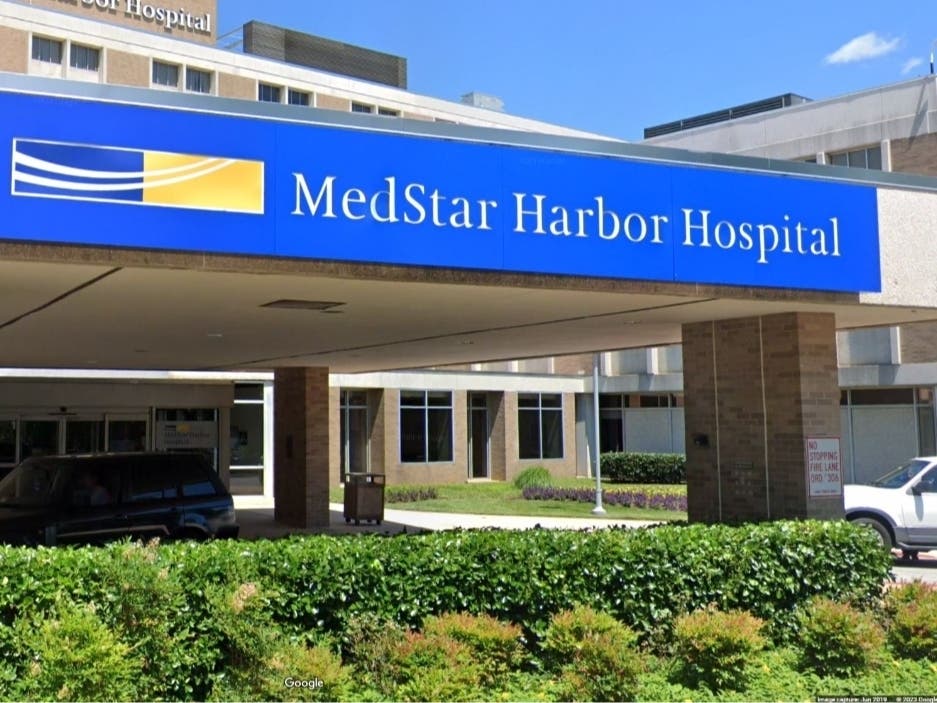Infection
13 MD Hospitals Earn ‘A’ Grades, 18 Get ‘C’ In Latest Leapfrog Ratings
MARYLAND — Hospitals in Maryland and nationwide made significant improvements in preventing a “disturbing” increase in hospital infections during the coronavirus pandemic, The Leapfrog Group said with the release Monday of its Fall 2023 Hospital Safety Grades Report.
The Leapfrog Group, an independent nonprofit health care watchdog group, used an academic grading scale with five letter grades to score nearly 3,000 hospitals nationwide on how well they prevent medical errors, accidents and infections. Overall, the report shows hospitals significantly reduced infections after the pandemic spike, but patient-reported experiences declined for the second year in a row.
Among Maryland hospitals evaluated in the report, 13 received the gold-standard “A” safety grade. Another nine earned a “B,” 18 earned a “C” and one earned a “D.” No hospitals in Maryland received an F.
The hospitals in Maryland that earned “A” grades are:
- University of Maryland St. Joseph Medical Center, Towson (“B” grade in fall 2020)
- The Johns Hopkins Hospital, Baltimore (“A” grade in fall 2020)
- Adventist HealthCare White Oak Medical Center, Silver Spring (“C” grade in fall 2020)
- Luminis Health Anne Arundel Medical Center, Annapolis (“A” grade in fall 2020)
- MedStar Union Memorial Hospital, Baltimore (“B” grade in fall 2020)
- ChristianaCare – Union Hospital, Elkton (“C” grade in fall 2020)
- MedStar Harbor Hospital, Baltimore (“C” grade in fall 2020)
- MedStar Good Samaritan Hospital, Baltimore (“A” grade in fall 2020)
- University of Maryland Shore Medical Center at Easton, Easton (“A” grade in fall 2020)
- TidalHealth Peninsula Regional, Inc., Salisbury (“B” grade in fall 2020)
- UPMC Western Maryland, Cumberland (“C” grade in fall 2020)
- Garrett Regional Medical Center, Oakland (“A” grade in fall 2020)
- Meritus Medical Center, Hagerstown (“B” grade in fall 2020)
Maryland hospitals with “B” grades are:
- University of Maryland Medical Center, Baltimore
- Mercy Medical Center, Baltimore
- MedStar Franklin Square Medical Center, Baltimore
- Johns Hopkins Bayview Medical Center, Baltimore
- CalvertHealth Medical Center, Prince Frederick
- Northwest Hospital, Randallstown
- Greater Baltimore Medical Center, Towson
- Adventist HealthCare Shady Grove Medical Center, Rockville
- Adventist HealthCare Fort Washington Medical Center, Fort Washington
Maryland hospitals with “C” grades are:
- Holy Cross Hospital, Silver Spring
- Frederick Health Hospital, Frederick
- UM Harford Memorial Hospital, Havre De Grace
- Ascension Saint Agnes Hospital, Baltimore
- Sinai Hospital of Baltimore, Baltimore
- MedStar Montgomery Medical Center, Olney
- Suburban Hospital, Bethesda
- MedStar St. Mary’s Hospital, Leonardtown
- Carroll Hospital Center, Westminster
- University of Maryland Charles Regional Medical Center, La Plata
- University of Maryland Medical Center Midtown Campus, Baltimore
- UM Baltimore Washington Medical Center, Glen Burnie
- Johns Hopkins Howard County General Hospital, Columbia
- University of Maryland Upper Chesapeake Medical Center, Bel Air
- Luminis Health Doctors Community Medical Center, Lanham
- MedStar Southern Maryland Hospital Center, Clinton
- Holy Cross Germantown Hospital, Germantown
- Atlantic General Hospital, Berlin
Maryland hospital with “D” grade:
- University of Maryland Capital Region Medical Center, Upper Marlboro
The Leapfrog Group grades hospitals twice a year. In the fall report, the first report using post-pandemic data, 30 percent of hospitals nationwide earned an “A,” 24 percent earned a “B,” 39 percent earned a “C,” 7 percent earned a “D,” and fewer than 1 percent earned an “F.”
The 10 states with the highest number of “A” hospitals are Utah, Virginia, North Carolina, Pennsylvania, South Carolina, Connecticut, Montana, Tennessee, Florida and Texas.
States that had no “A” hospitals are Vermont, Wyoming, Delaware and North Dakota, as well as Washington, D.C.
More than 85 percent of hospitals saw decreases in the three most dangerous infections — MRSA, central-line bloodstream infections and catheter-associated urinary tract infections.
- 19 percent improved in all three infection measures;
- 66 percent improved in at least one infection measure;
- 16 percent continued to worsen or did not improve.
“Now that we have pre- and post-pandemic data for patient safety measures, we are encouraged by the improvement in infections and applaud hospitals for reversing the disturbing infection spike we saw during the pandemic,” Leapfrog President and CEO Leah Binder said in a news release.
However, Binder said the continued decline in patient experiences is “deeply concerning.” Hospitals in all states have seen a significant decline in reported patient experiences since the fall of 2021, the report said.
Leapfrog says its hospital rating system is the only one in the country focusing solely on a hospital’s ability to protect patients from preventable errors.

